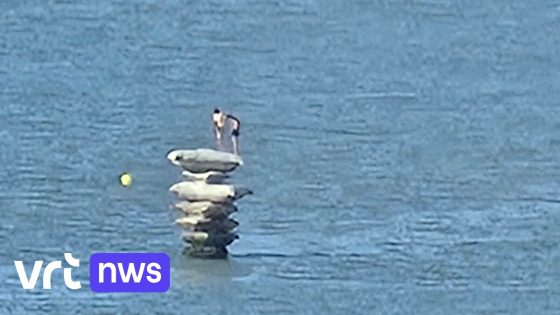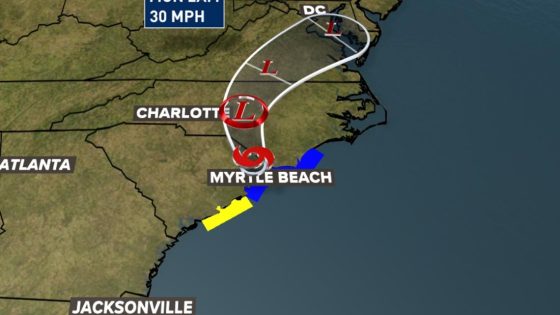In Mariakerke, near Oostende, a Beaufort art installation recently attracted unwanted attention when some youths climbed the sculpture. The artwork, titled “Pillage of the Sea,” stands five metres tall and is partially submerged during high tide, visible in full only at low tide. This incident occurred around 2025-07-18 18:00:00, raising concerns about safety and respect for public art.
- Jongeren beklimmen Beaufort-kunstwerk bij Oostende
- 'Pillage of the Sea' meet vijf meter hoog
- Kunstwerk zichtbaar bij laag waterstand
- Beklimmen kunstwerk is verboden en gevaarlijk
- Politie Oostende waarschuwt voor risico's
Climbing the Beaufort artwork is strictly prohibited, and local police warn it is highly dangerous. Why do some ignore these warnings? Could this behaviour put both the climbers and the artwork at risk?
Understanding the implications of such actions helps emphasise the importance of preserving cultural landmarks while ensuring public safety. Let’s explore what this means for the community and visitors alike.
What motivates young people to climb a large, partially submerged sculpture despite clear warnings? This act raises questions about awareness and respect for public art installations. Key points to consider include:
- Safety risks involved in climbing a five-metre-tall artwork, especially near the sea.
- The importance of respecting cultural and artistic heritage in Belgian coastal areas.
- Potential damage to the sculpture that could result from such behaviour.
- The role of local authorities in preventing similar incidents through education and enforcement.
Moving forward, increased awareness campaigns and stronger enforcement may be necessary to protect Beaufort artworks and ensure visitors enjoy them responsibly. How can communities better engage youth to foster respect for such cultural treasures?































